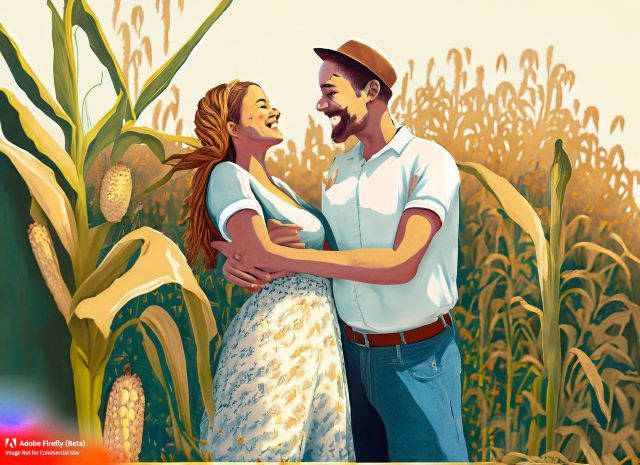A Celebration of Life: The Summer Cornfield and its Cultural Significance
Discover the cultural significance of summer cornfields and how they symbolize life, love, and community. Explore the shared experiences of working in the milpa, the harvest season, and the deep connection between people and the land.





